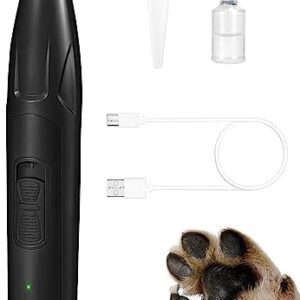
Cats are mysterious creatures, aren’t they? One minute they’re snuggled up on your lap, purring contentedly, and the next they’re off on their own little adventure. It can be hard to decipher what’s going on in their furry little heads, but one clue we can look at is their body language. Just like humans, cats communicate a lot through their posture, and understanding what their different positions mean can help us bond with our feline friends even more.
Let’s start with a classic pose – the loaf. This is when your cat tucks all four paws under their body and sits like a little loaf of bread. This posture usually signifies that your feline friend is feeling relaxed and at ease. It’s a common position for cats to adopt when they’re napping or just chilling out. So if you see your kitty loafing around, it’s a good sign that they’re feeling happy and content.
On the other hand, if your cat is standing tall with their tail up straight, they’re feeling confident and curious. This posture is often seen when they’re exploring a new environment or checking out a new toy. When your cat presents themselves in this way, they’re showing that they’re feeling bold and ready to take on the world. It’s a good opportunity to engage with them and play together, as they’re likely in the mood for some fun.
Another common posture is the classic stretch. When your cat stretches out their body, they’re not just being cute – they’re actually stretching their muscles and getting ready for action. This posture often signals that your cat is feeling energized and ready to play. So if your kitty starts stretching in front of you, it’s a good time to grab a toy and engage in some interactive playtime.
If your cat is crouched low to the ground with their tail twitching, they’re likely feeling a little bit anxious or on edge. This posture can be seen when your cat is feeling threatened or unsure about their surroundings. It’s important to give them some space and time to calm down in these situations, as forcing them to interact when they’re feeling scared can lead to aggressive behavior.
One of the most telling postures that your cat displays is the arched back. When your cat arches their back and fluffs up their fur, they’re feeling defensive and ready to defend themselves. This posture is often seen when your cat is feeling threatened or intimidated by something in their environment. It’s important to give them some space and time to calm down in these situations, as forcing them to interact when they’re feeling scared can lead to aggressive behavior.
On the flip side, when your cat rolls over onto their back and exposes their belly, they’re feeling completely relaxed and comfortable. This posture often signifies that your feline friend trusts you and feels safe in your presence. It’s a vulnerable position for them to be in, so if they do this, it’s a good sign that you’ve established a strong bond with them.
Lastly, if your cat is hunched over with their ears flat against their head and their eyes wide, they’re likely feeling scared or stressed. This posture is often seen when your cat is feeling threatened or overwhelmed by a situation. It’s important to give them some space and time to calm down in these situations, as forcing them to interact when they’re feeling scared can lead to aggressive behavior.
In conclusion, your cat’s posture can tell you a lot about their mood and how they’re feeling in any given situation. By learning to read their body language, you can better understand your feline friend and strengthen your bond with them. So next time you see your cat striking a pose, take a moment to observe and see what they’re trying to communicate to you. It’s just one more way to connect with your furry companion and make your relationship even more special.






